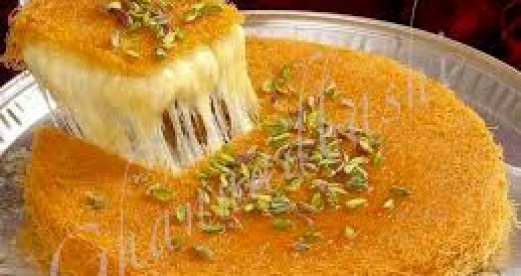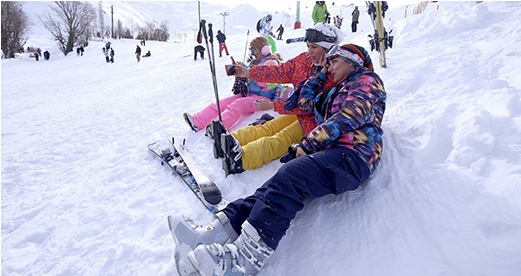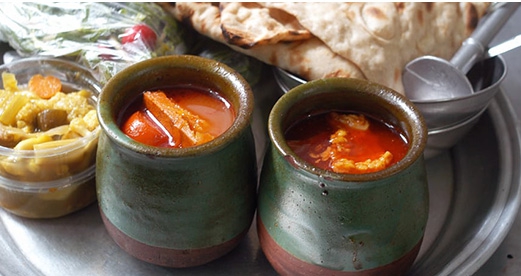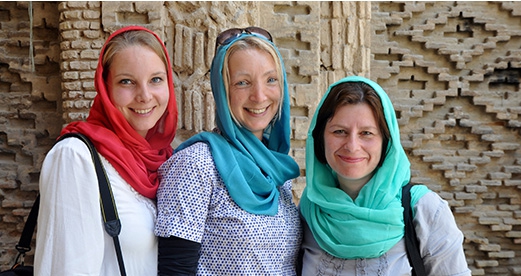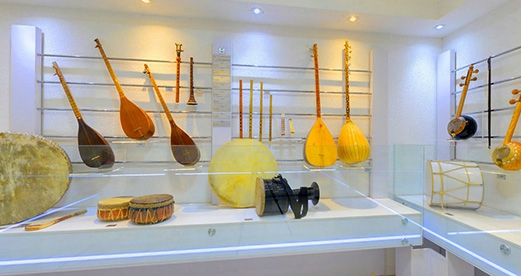
Get to know Iran

People
Humans have inhabited the area that makes up modern Iran since the Stone Age. The ancient Persians arrived about 1500 BC, one branch of the great movement of people that also brought northern India and most of Europe their modern populations. The name Iran is from the same root as "Aryan" which, until Hitler perverted it, was just an ancient name for those arriving peoples. Persian (natively known as Farsi) is an Indo-European language; ancient Persian was related to Sanskrit, ancient Greek, and all the others in that family. Persians are the major ethnic group of Iran and make up 60% of the Iranian population. They are ethnically and linguistically unrelated to Arabs.

History
Throughout history, Persia has generally been an empire, one whose fortunes varied enormously. In ancient times, Persia controlled most of what we now call the Middle East, and came close to conquering Greece. A few centuries later, Alexander the Great, conquered (among other things) the entire Persian Empire
Later, Persia was conquered by the Arabs in the expansion of Islam in the centuries immediately after the time of Muhammad; Persian and other languages of the region are still written with the Arabic alphabet. About 1250, Persia was overrun by the MongolsMarco Polo passed through just after that, learned Persian and wrote extensively of the region

Nature
Rugged, mountainous rim; high, central basin with deserts, mountains; small, discontinuous plains along both coasts. The highest point is Mount Damavand (5,610m)that is the highest volcano of the world. Desert: Two great deserts extend over much of central Iran: the Dasht-e Lut is covered largely with sand and rocks, and the Dasht-e Kavir is covered mainly with salt. Both deserts are inhospitable and virtually uninhabited
Mountain: The Zagros range stretches from the border with the Republic of Armenia in the north-west to the Persian Gulf, and then eastward into Baluchistan. Zagros is extremely hard, difficult to access, and populated largely by pastoral









